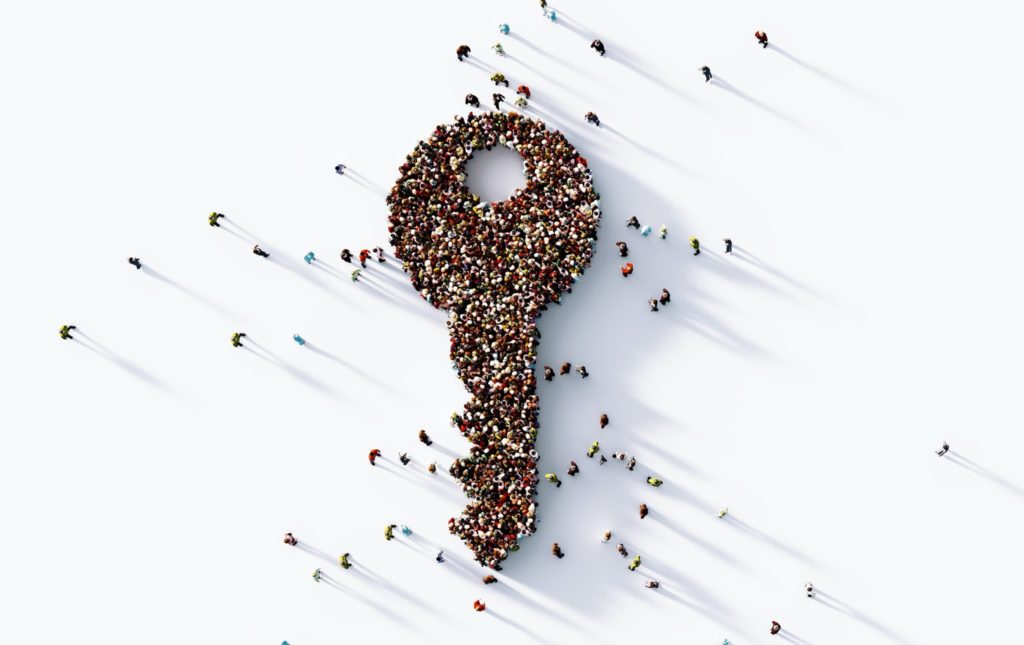Welcome to the newly revamped Key Developments, now twice weekly and with non-COVID news. Right now, it’s actually still just COVID news, but we’ll be slowly morphing it into something broader as we go.
There are over 24 million global cases. Cases have grown around the world by over 1.8 million since last week; global case growth has kept this pace for the last month. There have been over 822,000 total deaths. There are almost 6 million cases in the US. There have been over 182,000 deaths in the US, and we’re losing over 1,000 people per day (and have been for a long time now). We seem to be oddly comfortable with this kind of daily death count:
I don’t think I’ll ever make another prediction as good as this one. https://t.co/HnxTE0XAxO
— Eric Nelson (@literaryeric) August 25, 2020
Coupling job losses with mass illness, faltering social safety nets, and continued supply chain disruptions means that hunger is going to surge in many US states. These problems reach beyond our shores. It’s possible we could face global famines because of the destruction this pandemic is wreaking. People are having trouble making a living right now and starvation is a real threat in many places.
School and University openings are shaping up to be a disaster. Those 500 some-odd new cases in the University of Alabama system? That’s more than all of Canada’s for the same day. You’ll want to see the whole thread. It’s quite impressive:
*COLLEGE COVID-19 UPDATE*
{PART I}
🟦 UNC: closed down.
🟩 MICHIGAN STATE: closed down.
🟨 NOTRE DAME: closed down.
🟥 ALABAMA: 566 cases in 1 week.
🟥 IOWA STATE: 305 cases in 1 week.
🟧 AUBURN: 208 cases in 1 week.
🟨 MISSOURI: 159 cases, <1 week.
🟨 IOWA: 111 cases, <1 week.— Seth Abramson (@SethAbramson) August 25, 2020
It’s not just a phenomenon in the US. It’s happening in other countries, too:
✴️Berlin opened schools 2 weeks ago.
✴️Same protocol – masks in halls only, not classroom that Dr. Henry and @Rob_Fleming are proposing for #bced.
✴️41 schools report coronavirus in Berlin. Hundreds in self-isolation.https://t.co/YnMjYGZDVW #bcpoli #covid19 pic.twitter.com/TXkoSBDlv0— Free Spiritus (@freespiritus) August 21, 2020
The FDA issued an EUA for convalescent plasma this week, but not without controversy. Many experts argued that the rushed authorization was not supported by any kind of robust data. The EUA is now on hold:
Today, we issued an emergency use authorization (EUA) for investigational convalescent plasma for the treatment of hospitalized COVID-19 patients as part of the agency’s ongoing efforts to fight #COVID19. https://t.co/sxWrblWsxr pic.twitter.com/DnTrJaDTX1
— U.S. FDA (@US_FDA) August 23, 2020
There’s purported “smoking-gun” evidence of reinfection in a Hong Kong patient, confirmed by genomics. Of interest, the patient did not appear to produce a strong antibody response the first time around, and he was asymptomatic the second time around. The info all stems from a press release and the actual raw data and figures have not been shared, although some parts of a report have been released. Similar cases (which were also genetically sequenced) are being reported out of Belgium and the Netherlands:
We just had the "first case" of reinfection with #SARSCoV2 in a #COVID19 survivor in Hong Kong.
But now we have more.
Belgium: https://t.co/j3RWCd1mh9
Netherlands: https://t.co/rMSi1CTErb
Expect more such anecdotes.— Laurie Garrett (@Laurie_Garrett) August 25, 2020
So called “deaths of despair” are almost certain to increase amid jobless woes and other pandemic-related stressors:
If the virus continues to spread, the recovery will slow, unemployment will remain elevated, and economic — and health — outcomes will suffer. My latest column discusses the relationship between unemployment and health outcomes, including suicide.https://t.co/Y7AOMREljh
— Michael R. Strain (@MichaelRStrain) August 22, 2020
The CDC says we don’t need to do asymptomatic testing anymore. Considering that we know that asymptomatic people are perfectly good at promulgating this illness, this seems like a disastrous policy position:
This flies in the face of #publichealth. It's a concerted effort to make it seem like the US has fewer #COVID19 cases. My guess is admin may try to spin this as "reserving testing resources for those who have symptoms". #AsymptomaticSpread is a big source of infection in the US! https://t.co/mofWlfgHF6
— Beth S. Linas, PhD, MHS (she/her) (@bethlinas) August 24, 2020
Take an eerie tour of some COVID-decimated business-scapes in NYC. The roads are bad and the sidewalks are way too quiet:
Iatrogenic spread (catching the disease from a clinical setting) was a huge driver of pandemic case growth in the UK:
BBC News – #COVID19: One in eight UK hospital cases were 'caught on-site' https://t.co/CFJUZOgkB1
— Crawford Kilian (@Crof) August 25, 2020
We’ve got can shortages now:
Every company that makes anything in the 12-ounce can has been challenged https://t.co/MyHz5JvmPV via @WSJ
— Heather Haddon (@heatherhaddon) August 25, 2020
Venezuelans say their situation is much worse than what official numbers show. Many hospitals have no running water or functioning toilets. Medical staff have no PPE. Exponential spread is evident. They fear being left for dead.
Let’s end with a little good news: the 7-day moving average case curve is showing some improvement in the US:
The #COVID19 incidence is falling in nearly every U.S. 🇺🇸state. It reflects local & State govts, & citizens finding the right balances between "reopening" & "social distancing" — and wearing 😷😷.
HOORAY! (Worry: Calif., 🔥fires, evacuees.)https://t.co/8OB4iliYQL pic.twitter.com/grH1uRyswp— Laurie Garrett (@Laurie_Garrett) August 25, 2020


You are reporting the comment """ by on